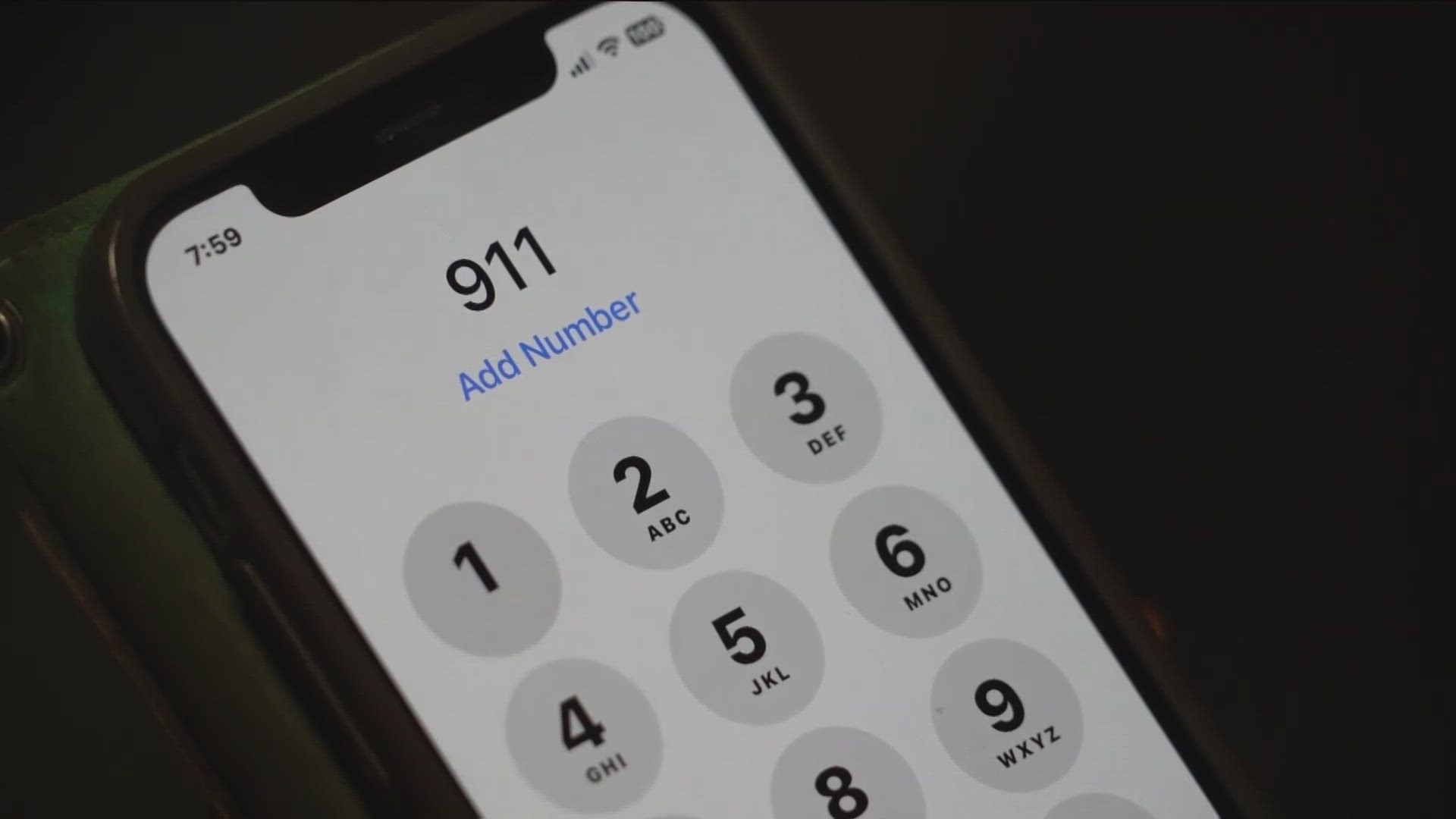AUSTIN, Texas — Officials now know what caused technical difficulties to plague police departments across Central Texas.
Multiple counties experienced disruptions to their 911 call lines on Sunday, resulting in hourslong technical difficulties.
According to officials with the Capital Area Council of Governments (CAPCOG), several areas experienced their call lines being "intentionally" overloaded, which led to difficulties.
The overloaded phone lines were a result of a random Telephony Denial of Service (TDoS) attack. According to CAPGOG, the issues started in Round Rock and required the help of AT&T technicians.
CAPCOG said robocalls started flooding Round Rock's emergency call center around 1 p.m. before normal operations were restored around 8 p.m. It also said steps will be taken to prevent a repeated TDoS attack.
Electronic Frontier Foundation - Austin President Kevin Welch said this type of attack is getting easier to pull off.
"Now it would be as simple as somebody technically knowledgeable downloading the right code and just running a little script on their computer," Welch said. "You could spam 911 all day if you wanted to."
Welch said the more we rely on technology, the higher the critical consequences of these attacks.
"A lot of industry reports have been put out that, yes, the number, frequency and severity of cyberattacks in the last couple years especially has been exponentially skyrocketing," Welch said.
Austin, Cedar Park and Lakeway police departments also reported dispatch issues, including difficulty hearing callers and call-takers, missing location information and other jurisdictions answering calls. In an update on Monday around 6 p.m., the city of Austin said its 911 system had returned to regular operations.
Agencies from Lago Vista, Taylor and Marble Falls, as well as Burnet, Hays and Llano counties, all reported issues that appear to be resolved.
What is a TDoS attack?
The Department of Homeland Security (DHS) states that the public voice network continues to be a target of attacks. Those attacks include TDoS incidents, SWATing and bomb threats.
TDoS attacks flood public safety response systems like 911 with malicious inbound calls. DHS warns these attacks could be more disruptive if they were coordinated with a physical terrorist attack that resulted in a large number of victims being unable to contact emergency services.
TDoS attacks are cheap and easy to accomplish because they use automation to generate thousands of simultaneous calls. Robocalls are even more dangerous since they can use spoofing techniques to bypass "blacklist" applications, according to DHS.

